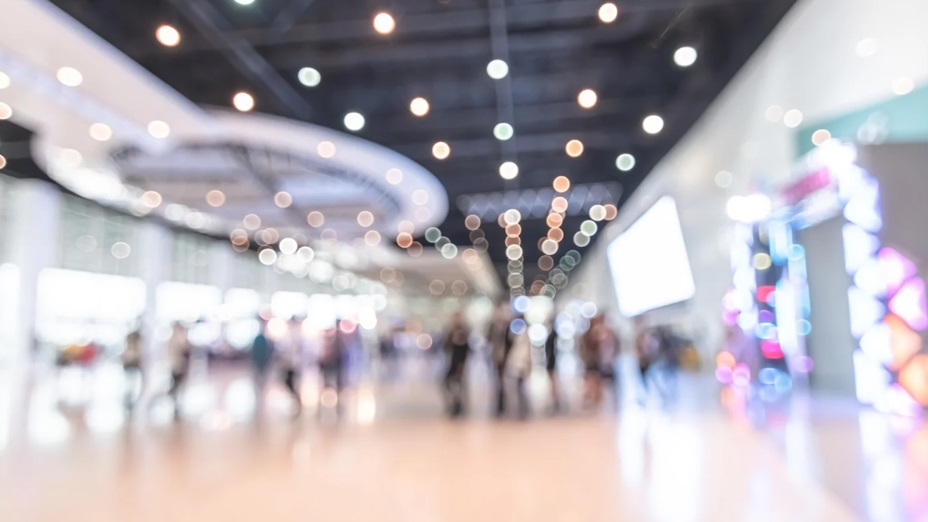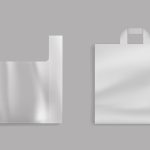Trade shows offer a powerful platform for brands to showcase their products, connect with potential clients, and establish market presence. However, standing out in a sea of competitors starts with one vital component: the booth itself. A custom trade show booth can be the difference between catching a visitor’s attention and being overlooked entirely. From layout to lighting, design choices must align with your brand’s goals and audience expectations. If you’re planning a new exhibit, here are essential considerations to guide your process.
Consistent Branding and Messaging
Consistency is key when it comes to visual identity. The booth should echo your brand’s color palette, fonts, and tone. This consistency creates trust and recognition, especially when paired with professional materials and clean design. From modular backdrops to digital screens, every component must tell a cohesive story.
Brands preparing for large events often benefit from a custom booth design for travel expos, where visual storytelling and experiential setups play a major role in influencing visitor perception. Applying these same principles can elevate any booth design, regardless of the industry.
Branding and Visual Impact
Your booth should be an extension of your brand identity. That means integrating consistent visuals, messaging, and interactive elements that reflect your company’s mission. From banners and flooring to digital screens and product displays, every element should support brand cohesion.
Professionals often leverage proven strategies to deliver maximum impact. For example, incorporating color psychology and high-resolution graphics draws attention while supporting your overall message. According to insights on effective booth design, travel, and event industries have shown how tailored design features can elevate audience engagement in competitive environments.
Lighting and Material Selection
Lighting plays a key role in highlighting specific areas of your booth and creating an atmosphere. Avoid harsh lighting that can feel sterile or overwhelming. Instead, use accent lighting to spotlight key displays, products, or demonstrations.
Choosing the right materials also contributes to the booth’s perceived quality. Durable yet stylish materials not only withstand multiple events but also enhance visual appeal. This attention to detail supports brand credibility and communicates professionalism.
Interactive and Digital Integration
Today’s best booths use technology to deepen visitor engagement. Touchscreen kiosks, motion-activated displays, and virtual product tours offer dynamic ways to connect with your audience. These interactive features aren’t just flashy—they can educate, entertain, and convert prospects into leads.
If you’re not sure where to start, looking at how businesses optimize layouts, visuals, and engagement tools through a well-executed booth plan can offer helpful ideas worth considering.
Long-Term Use and Modularity
Another important consideration is how modular your booth is for reuse. A well-designed structure should allow for easy transportation, setup, and customization across various events. Modular booths save both time and money in the long run, offering flexibility without sacrificing quality or impact.
When you build with future trade shows in mind, you get more value from your investment and ensure consistent brand presentation across all events.
Conclusion
Crafting a custom booth requires more than artistic flair—it demands strategic planning, branding precision, and technical execution. When designed professionally, these booths become effective tools for engaging potential clients and reinforcing your market position. Drawing on the principles behind custom booth design for travel expos and the effectiveness of custom trade show exhibits, businesses can make meaningful impressions that last well beyond the event. Prioritize a booth design that reflects your professionalism and vision—because in the trade show world, presence is everything.






